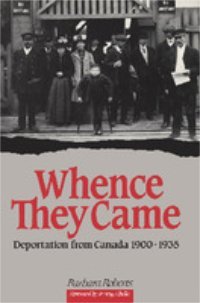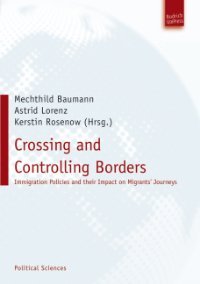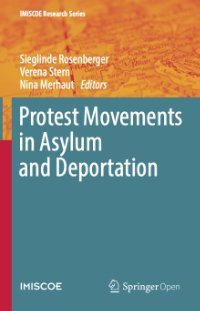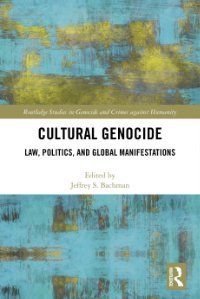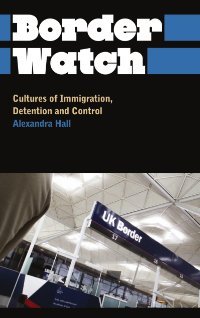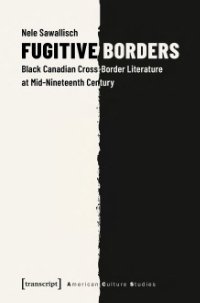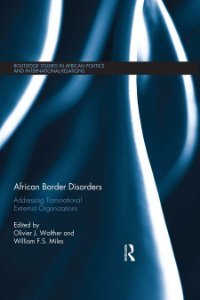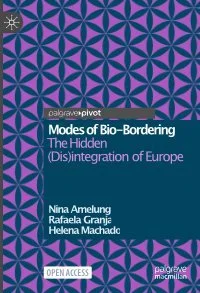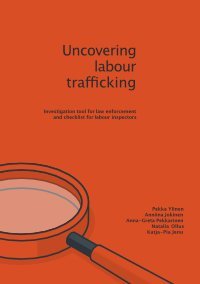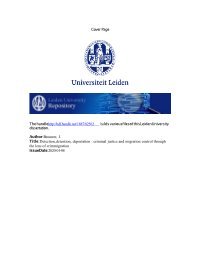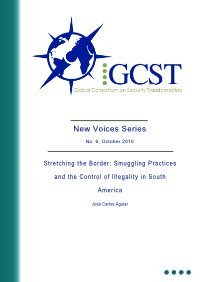By Greg Philo, Emma Briant, and Pauline Donald.
This book examines the media coverage of refugees and asylum seekers in the United Kingdom, and the impact this has on public understanding and on the everyday lives of different communities in Britain. Much of this coverage presents the issues of refuge and asylum as critical problems for the United Kingdom. Here we look at what the public is told and consider what is left out of the media narratives. We show how the TV and press coverage corresponds with key political events, and how politicians respond to public fears and anxieties which are themselves featured in and also generated by the popular press and other media.
London: Pluto Press, 2013. 225p.



